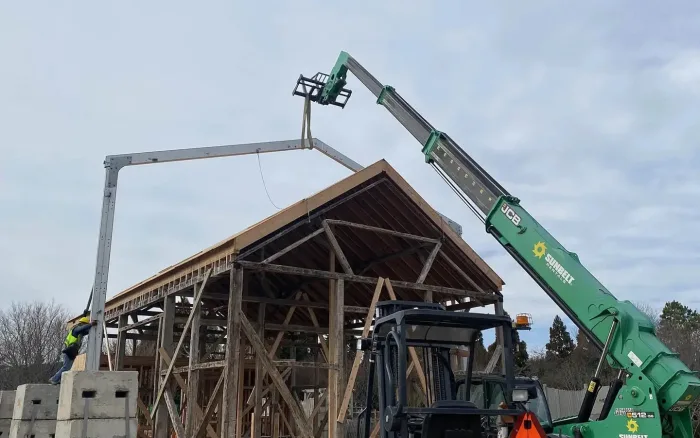There are lots of reasons why we cannot, should not or prefer not to stake a tent or structure – from leased properties that do not allow ground penetration to concrete ground conditions; from safety concerns with utility mark outs to parking lots with asphalt that we prefer not to damage; these are just a few possible examples.
No matter the reason, ballasting is important in the world of tenting, sometimes a necessity. However, if executed incorrectly, it defeats its purpose and can make an installation dangerous. Knowing proper calculations and environmental factors is essential to the safety and success of a project, so having skilled installers and seasoned tent professionals are key.
Each manufacturer has a specified recommendation for what is to be applied per leg, so the style and width of a tent matters greatly. Engineered tents also have specifications that dictate the required holding power at each point of anchorage. For non-engineered tents, manufacturers determine the max wind speeds they can endure if secured properly.
Equally important are the environmental elements and the surroundings. A tent on the edge of a pier will need to consider wind, and therefor weight, much more than one placed in between trees or buildings. The same applies for forecasts. Mild sunny days are treated much differently than events that end up taking place during more unfortunate weather. With so many factors to consider, ballasting requires proper planning and execution.




